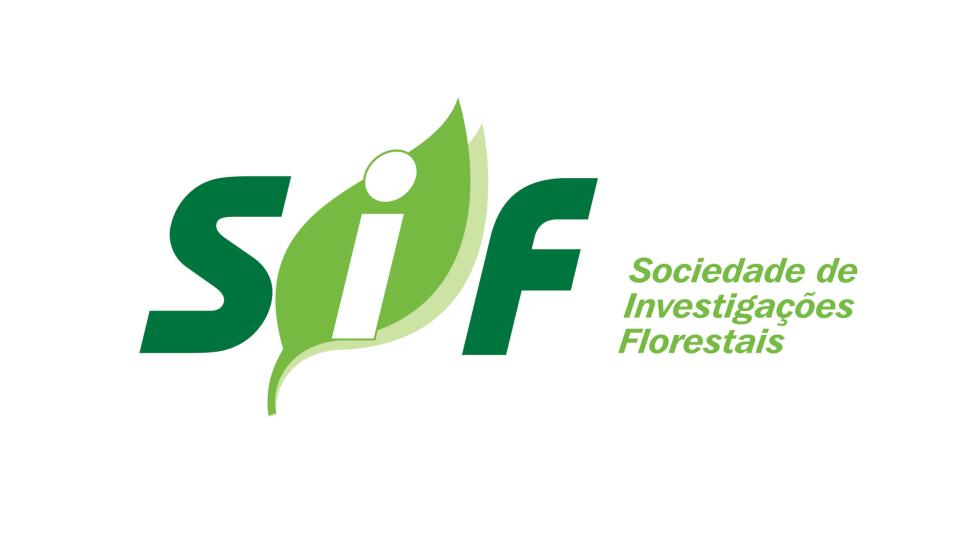Resumo:
In many vegetation types of the world, the application of fire in agriculture and pastoralism and the occurrence of natural wildfires (natural fire regimes) are established (sustainable) elements in traditional land-use systems, natural ecosystem processes and biogeochemical cycles. However, excessive application of fire associated with rapid demographic and land-use changes in some regions, leads to destruction of productivity, reduction of carrying capacity and biodiversity of the vegetation cover. In some ecosystems, e.g. in the tropical montane forests, lowland rain forests and in forest plantations, wildfires burning under extreme weather conditions have detrimental impacts on economies, human health and safety, with consequences which are comparable to the severity of other natural hazards. Climate variability, such as periodic extreme droughts and extremely wet periods caused by the El Niño-Southern Oscillation (ENSO) phenomenon and the associated La Niña episode, contribute to the severity of fire impacts. Fires are also leading to secondary natural disasters such as landslides and floods, downstream of fire-denuded landscapes. In response to the strategic goals of the UN Convention on Combat of Desertification (CCD), Convention on Biological Diversity (CBD), and the UN Framework Convention on Climate Change (UNFCC), the Ramsar Convention on Wetlands the UN Forum on Forests (UNFF), the Millennium Declaration of the UN General Assembly, and the objectives of the work of the Global Fire Monitoring Center (GFMC) and the World Conservation Union (IUCN), the UN-ISDR Inter-Agency Task Force for Disaster Reduction in 2001 established a Working Group on Wildland Fire. This Working Group was coordinated by the GFMC. One of the priority fields addressed by the Working Group on Wildland Fire was the establishment of, and operational procedures for, a global network of regional- to national-level focal points and network structures for early warning of wildland fire, fire monitoring and impact assessment, aimed at enhancing existing global fire monitoring capabilities and facilitation of international cooperation in fire management.








